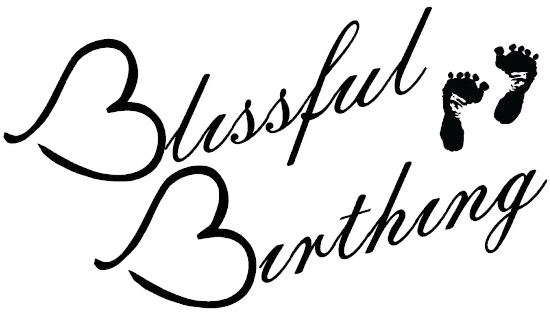 You just gave birth and your new baby is perfect in every way. If you have friends or family with children, you may have practiced some baby care basics like changing a diaper or giving a bath. But before having a baby, most people have never cared for a baby’s cord stump. This is a daunting responsibility for many new parents. Let’s break down the basics.
You just gave birth and your new baby is perfect in every way. If you have friends or family with children, you may have practiced some baby care basics like changing a diaper or giving a bath. But before having a baby, most people have never cared for a baby’s cord stump. This is a daunting responsibility for many new parents. Let’s break down the basics.
Caring for Your Baby’s Umbilical Cord Stump
- Keep the area clean and dry – moisture and warmth create an ideal environment for bacterial growth. This is why, until your baby’s cord stump has fallen off, you should not submerge your baby in a bath. Sponge baths are fine, but take care not to saturate the cord stump. Use diapers with a notch where the umbilical stump is, or fold down the diaper. This will prevent irritation and premature loss of the stump. The less you touch the area, the better.
- Avoid tight-fitting outfits – Tight clothing be uncomfortable for a baby and it can trap warmth and moisture around the cord stump, prolonging healing. Tight clothes are also more likely to rub against the stump, causing it to fall off prematurely.
- Do NOT attempt to pull off the stump – even if it appears that it’s only “hanging on by a thread.” Anywhere from 7-21 days after birth your baby’s cord stump will fall off. This will happen when it’s supposed to; don’t rush it.
- Do NOT clean the stump with alcohol – it used to be recommended to dip a Q-tip in alcohol and swab the stump to decrease the chance of infection and help the stump fall off quicker. We now know an untreated cord heals faster than one that has been swabbed with alcohol, with no more risk of infection. As such, the AAP has changed their recommendation to exclude cleaning with alcohol.
Changes to Look Out For
Notify your pediatrician immediately if you notice any of the following changes in the appearance of your baby’s cord stump, as they may be signs of infection:
- yellow/green discharge
- foul smell
- red skin at the base of the stump
- pain when touching the skin around the stump
Additional Readings
Delaying You Baby’s First Bath
This post is for informational purposes only. It should not take the place of consultation with a medical professional. The above information is not meant to diagnose, treat, cure, or prevent any disease.

